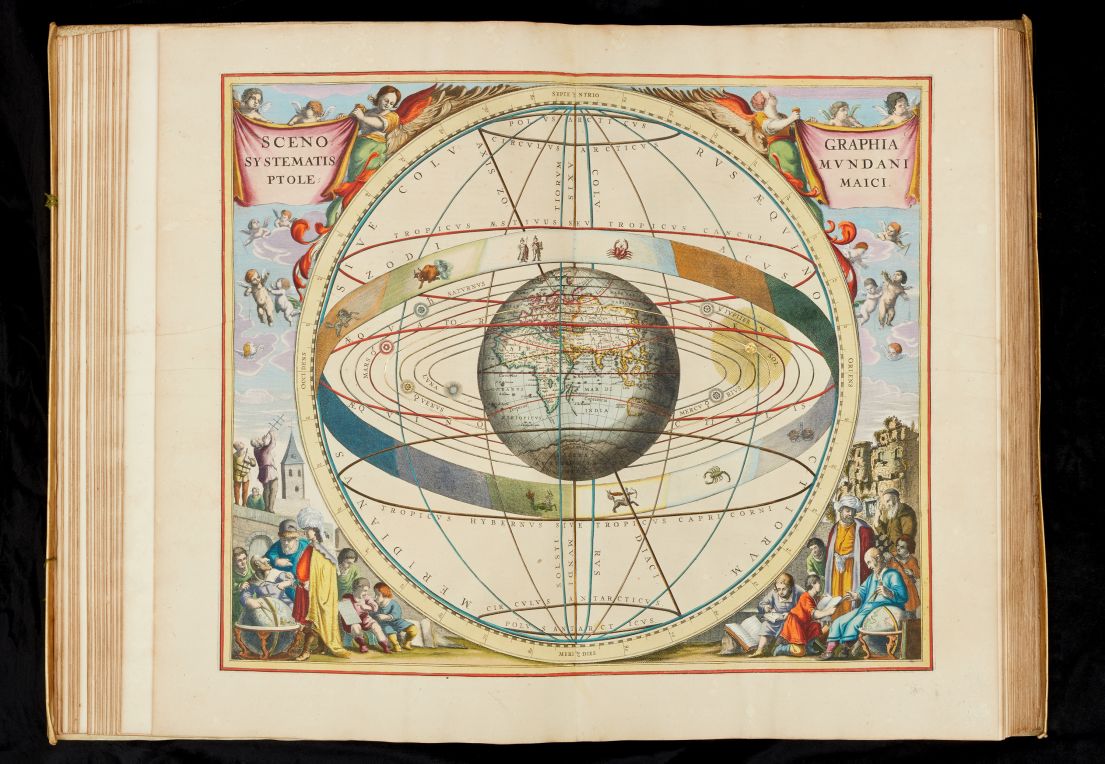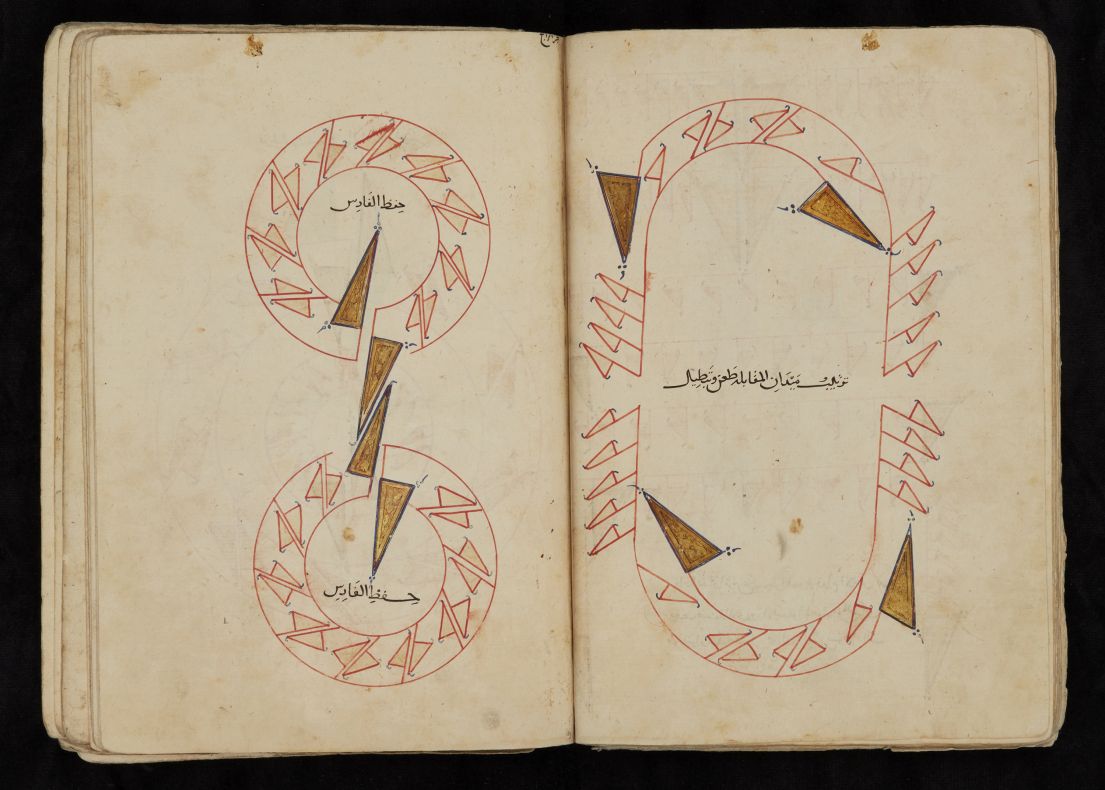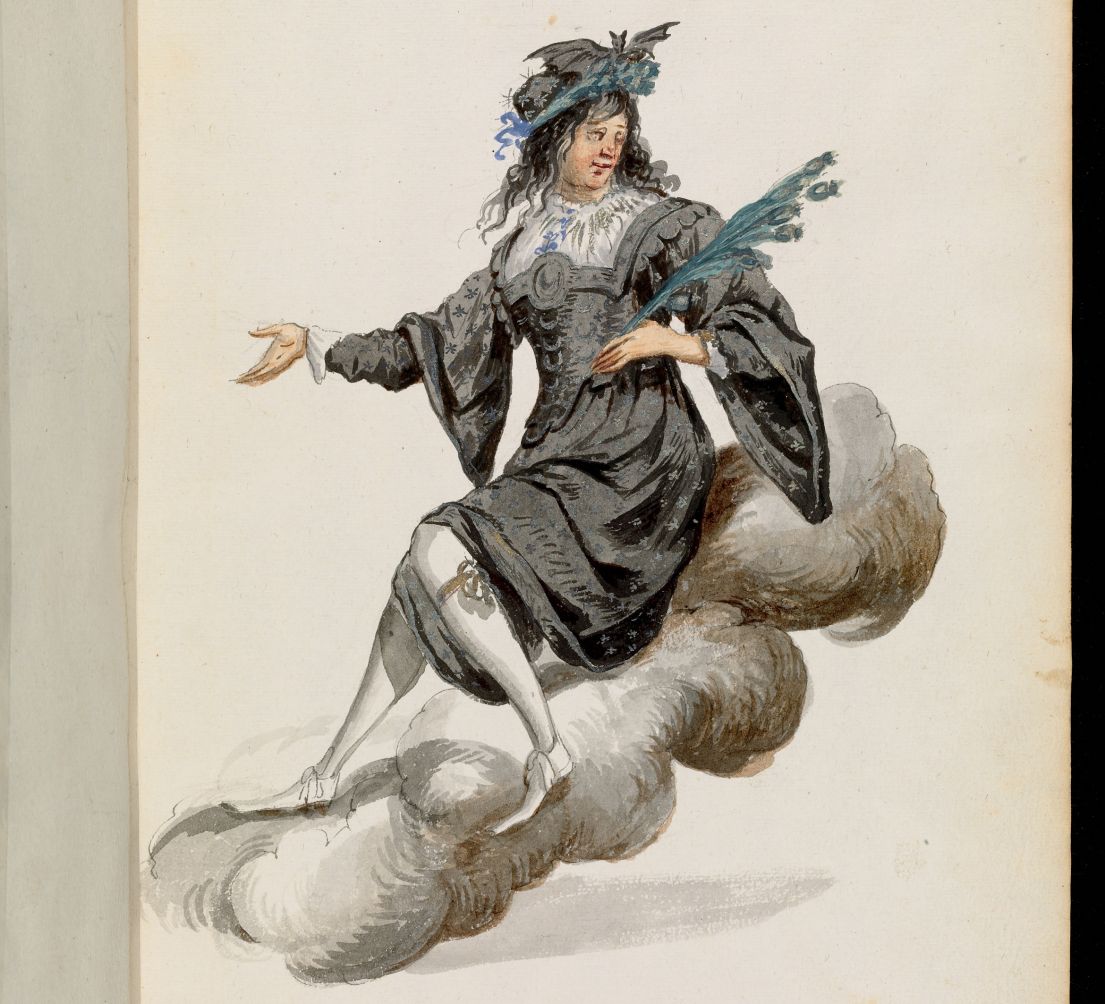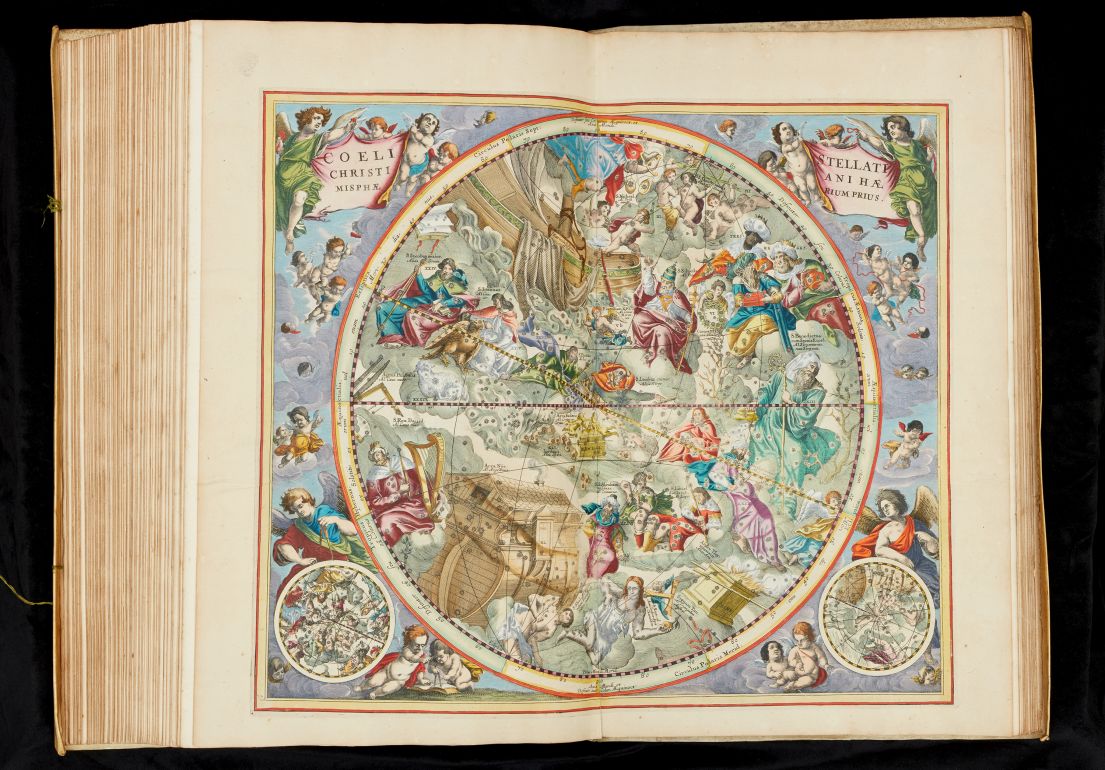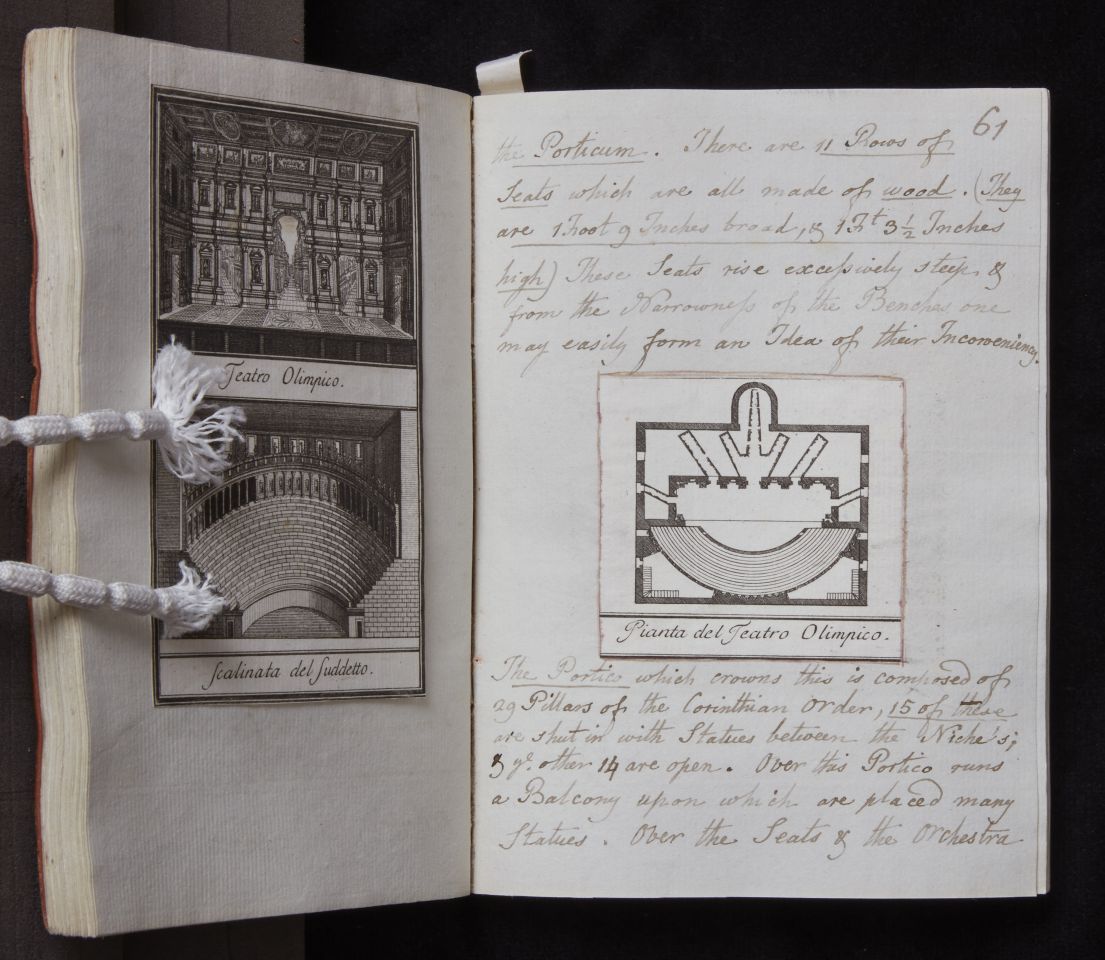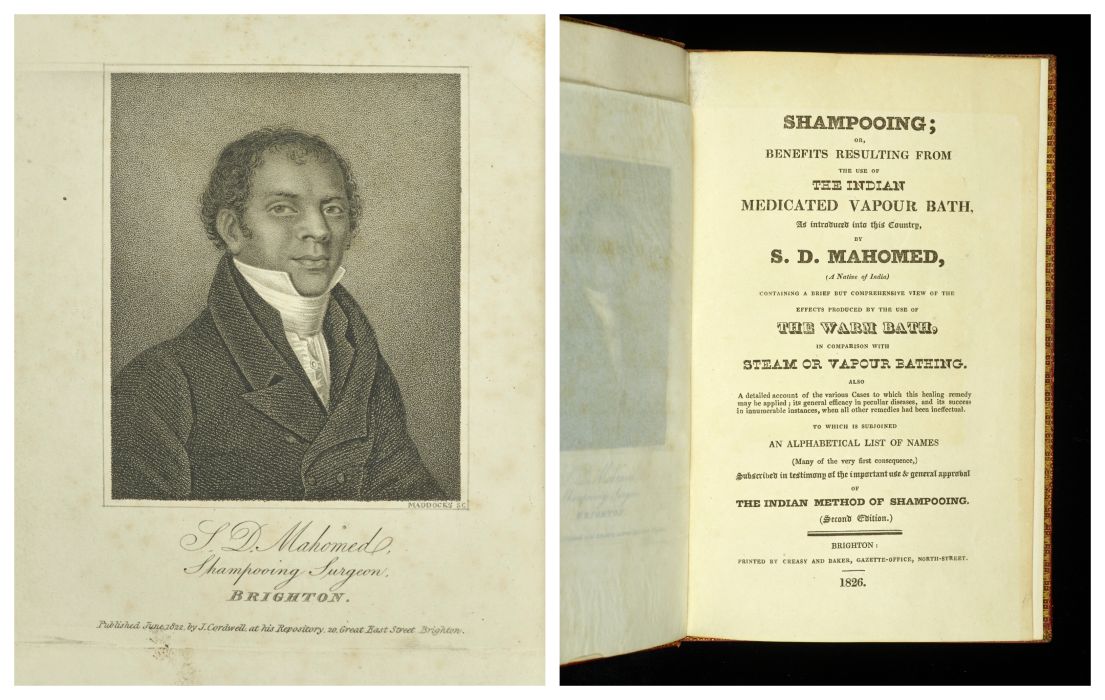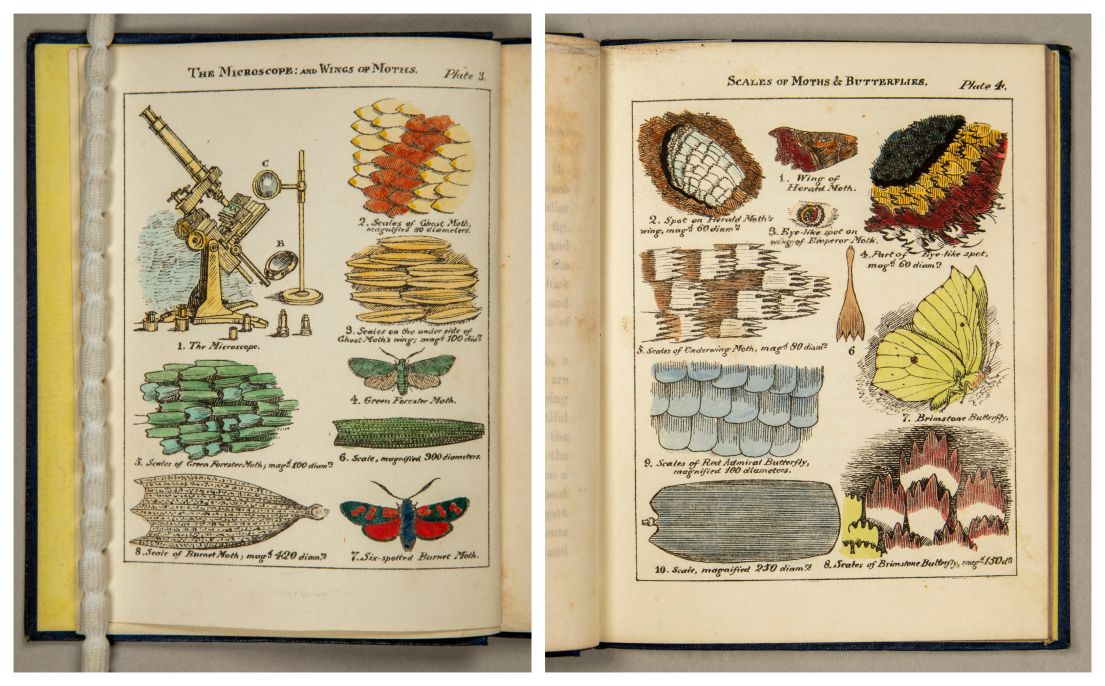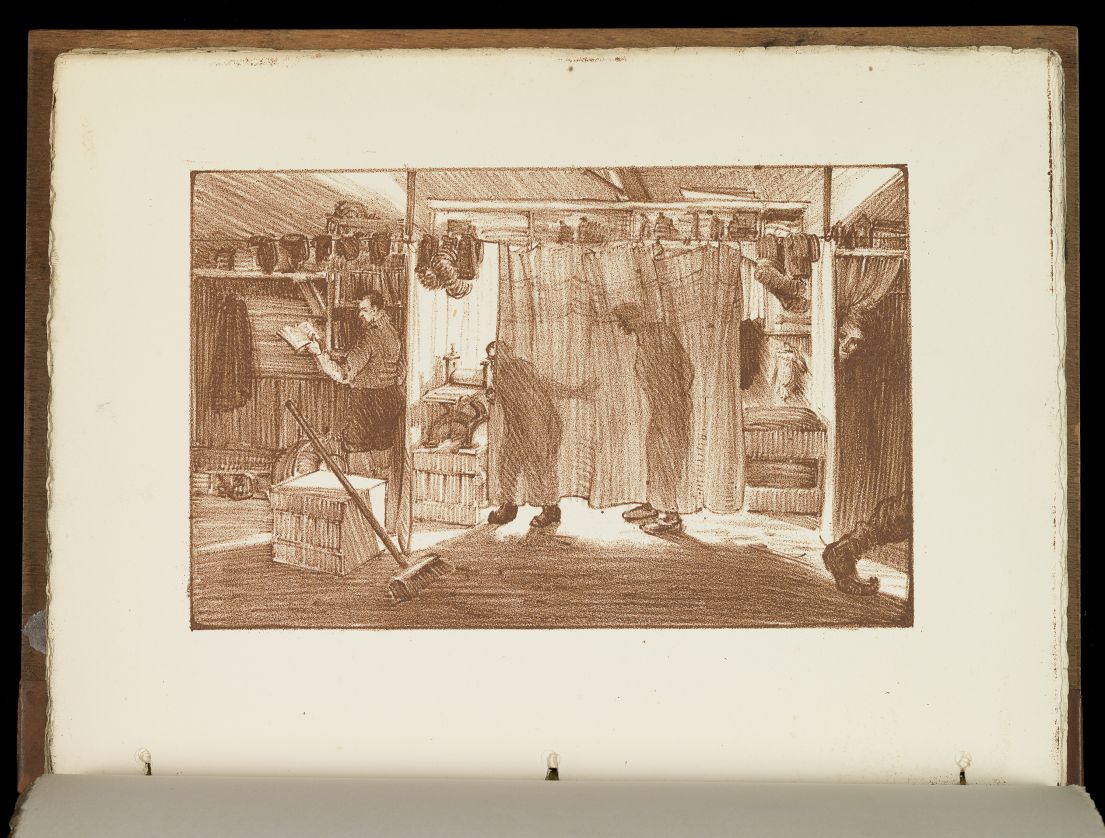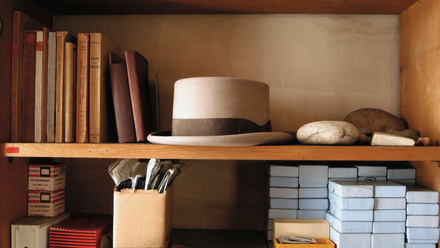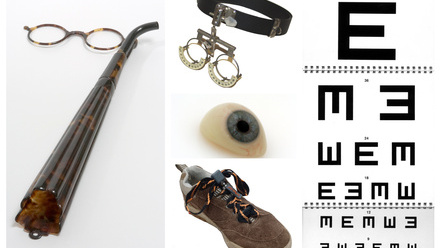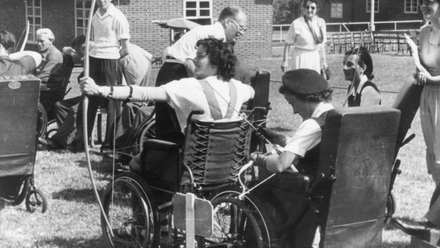7 Beautiful Books
Between the covers of a book lie whole new worlds, conjured by words and beautiful illustrations. Worlds that range from the heavenly (17th century star atlas) to the mundane (13th century instruction manual). From business (introducing the shampooing surgeon!) to the deeply personal (18th century diary). Books that have been jotted in whilst on the move or beautifully designed and produced in extreme conditions. Fascinating worlds - and all can be found in a new book of books from the National Trust. Take a moment and tour them with us!

